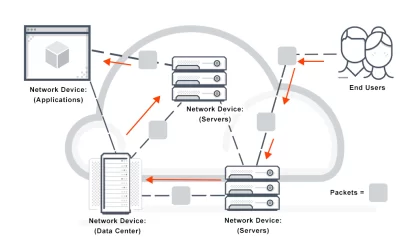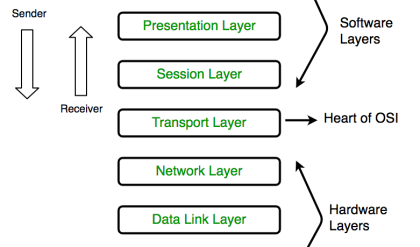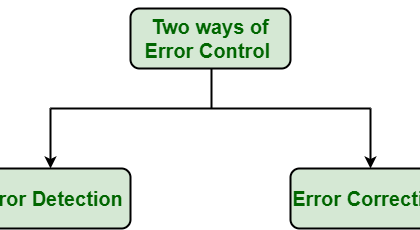As we mentioned above, means are provided in a local switch to connect each subscriber line to any other in the same exchange. In addition, any incoming trunk must be able to connect to any subscriber line and any subscriber to any outgoing trunk.7 These switching functions are remotely controlled by the calling subscriber, whether she/he is a local subscriber or long-distance subscriber. These remote instructions are transmitted to the switch (exchange) by “off-hook,” “on-hook,”8 and dial information. There are eight basic functions that must be carried out by a conventional switch or exchange
1 . Interconnection
2. Control
3. Alerting
4. Attending
5. Information receiving
6. Information transmitting
7. Busy testing
8. Supervisory
Consider a typical manual switching center illustrated in Figure 4.7. Here the eight basic functions are carried on for each call. The important interconnection function is illustrated by the jacks appearing in front of the operator. There are subscriber-line jacks9 and jacks

for incoming and outgoing trunks. The connection is made by double-ended connecting cords, which can connect subscriber to subscriber or subscriber to trunk. The cords available are always less than half the number of jacks appearing on the board, because one interconnecting cord occupies two jacks, one on either end. Concentration takes place at this point on a manual exchange. Distribution is also carried out because any cord may be used to complete a connection to any of the terminating jacks. The operator is alerted by a lamp becoming lit when there is an incoming call requiring connection. This is the attending–alerting function. The operator then assumes the control function, determining an idle connecting cord and plugging it into the incoming jack. She/he then determines call destination, continuing her/his control function by plugging the cord into the terminating jack of the called subscriber or proper trunk to terminate her/his portion of control of the incoming call. Of course, before plugging into the terminating jack, she/he carries out a busy test function to determine that the called line or trunk is not busy. To alert the called subscriber that there is an incoming call, she/he uses the manual ring-down10 by connecting the called line to a ringing current source as illustrated in Figure 4.7.
Other signaling means are used for trunk signaling if the incoming call is destined for another exchange. On such a call the operator performs the information function orally or by dialing the call information to the next exchange in the routing.
The supervision function is performed by lamps to show when a call is completed and the call is taken down (i.e., the patch cord can be removed). The operator conducts numerous control functions to set up a call, such as selecting a cord, plugging it into the originating jack of the calling line, connecting her/his headset to determine calling information, selecting (and busy testing) the called subscriber jack, and then plugging the other end of the cord into the proper terminating jack and alerting the called subscriber by ring-down. Concentration is the ratio of the field of incoming jacks to cord positions. Expansion is the number of cord positions to outgoing (terminating) jacks. The terminating and originating jacks can be interchangeable. The called subscriber at one moment in time can become the calling subscriber at another moment in time. On the other hand, incoming and outgoing trunks may be separated. In this case they would be one-way circuits. If not separated, they would be both-way circuits, accepting both incoming and outgoing traffic.





